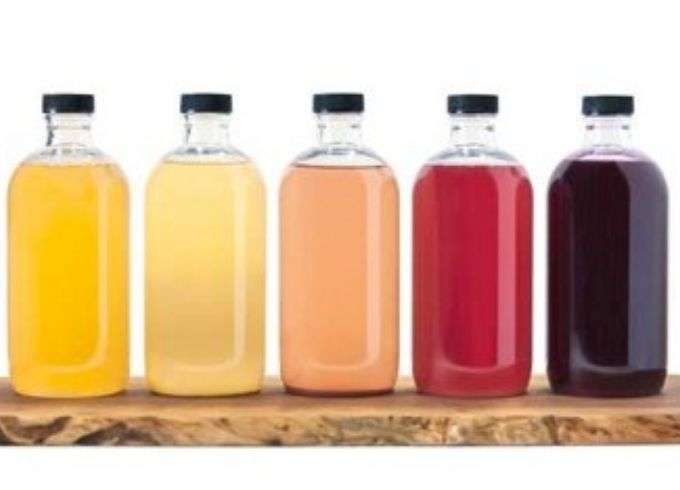THE HEALTHY CHOICE: MAKING THE MOST OF THE FERMENTATION TREND WITH VEGETABLE INGREDIENTS

100% natural, with a mild taste and unique clean label credentials, fermented vegetable ingredients represent the perfect opportunity to tap on all the dimensions of the digestive wellness trend.
The main growth driver in the food and beverage market, digestive health is gaining an increasingly important role in the functional food space, which, in turn, is driving demand for functional foods that can support digestive wellness. Along with probiotics, fermented foods and drinks are gaining all the attention, thanks to their strong link with prebiotics, a type of fiber which stimulates the growth of gut bacteria.
And when consumers demand, NPD responds. Greater awareness of the importance of gut health for overall wellbeing is providing fertile grounds for innovation in gut-friendly, functional drinks. By the end of 2019, for example, launches of fermented drink products had achieved 100% growth compared with the previous year.
So how does fermentation work? Let’s take our fermented red beet for example. In very simple terms, lactic acid bacteria are added to our beetroot puree or NFC, the bacteria feed on the beet’s natural sugars, creating lactic acid. This process not only helps with preservation, but also enhances the nutritional profile of the puree; while lowering the sugar content. Since lactic acid naturally originates from the fermentation process, it doesn’t have to be included in the label, resulting in a 100% natural product, with a milder taste and clean label status.
Within the fermented category, fermented vegetables are carving their role in the functional drinks market. But if there’s no doubts that consumers are showing interest in fermented drinks, fermentation also represents a huge opportunity for manufacturers to easily tap into the popularity of digestive wellness: not only does it open the door to soft claims for an enhanced nutritional profile, but it also offers a clean label solution as valid alternative to citric acid.
The addition of citric acid in the process of pasteurization, allows a formulation to reach a pH lower than 4.2. However, as the fast-growing clean label trend continues to call for shorter and more recognizable ingredients lists, lactic acid bacteria offers a producers a way to reach the correct PH, without the need for extra ingredients.
Another advantage of fermentation with lactic acid is the unique flavor profile. Citric acid has a sharp, sour taste, whereas lactic acid results in mild acidity and a longer-lasting flavor.
100% natural fermented vegetable NFC and purees are just some of our latest fruit and vegetable ingredient innovations: get in touch on [email protected] to find out about our complete range.


